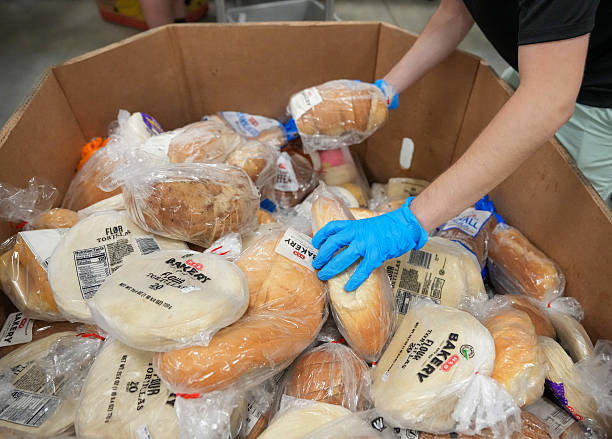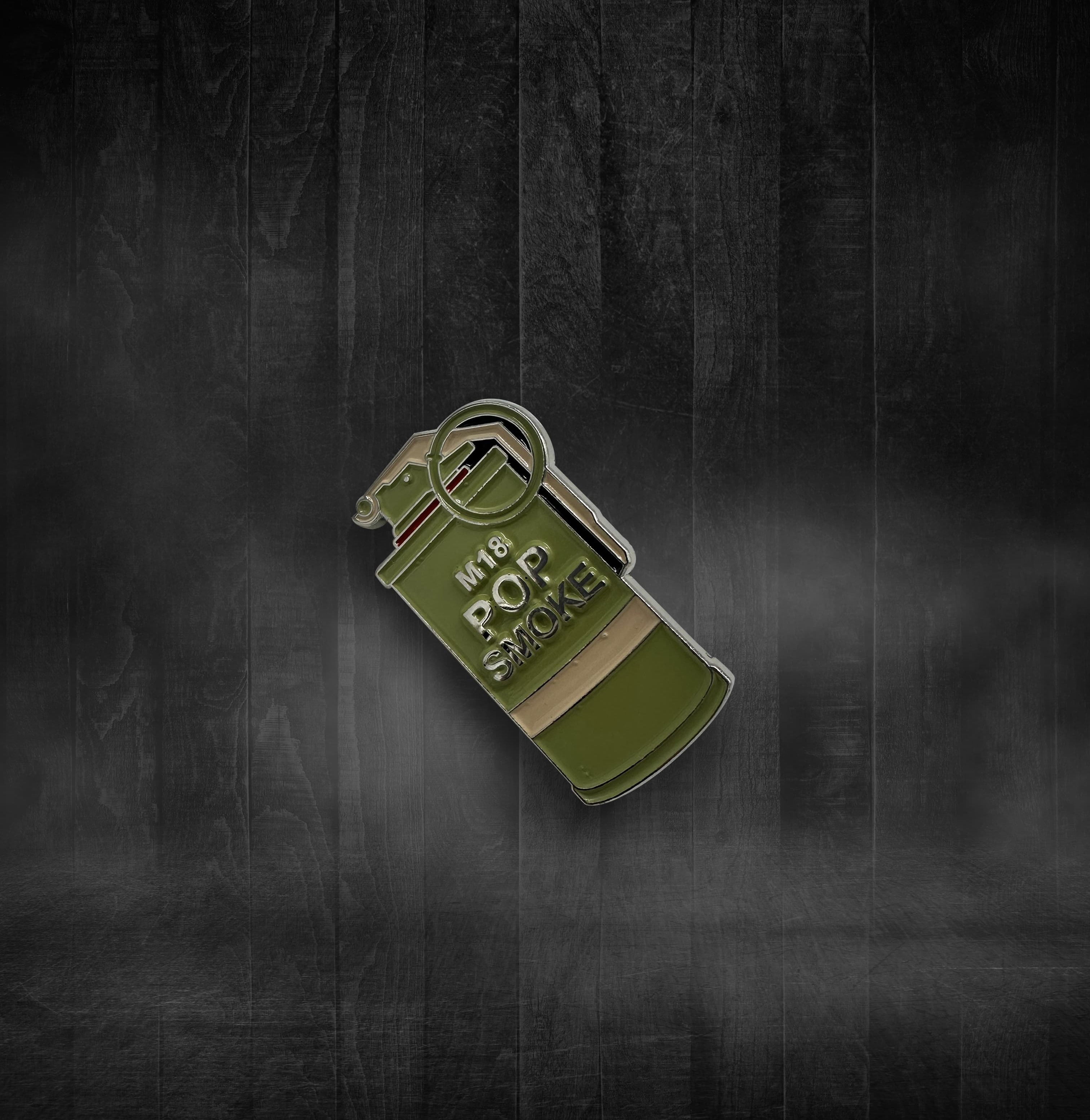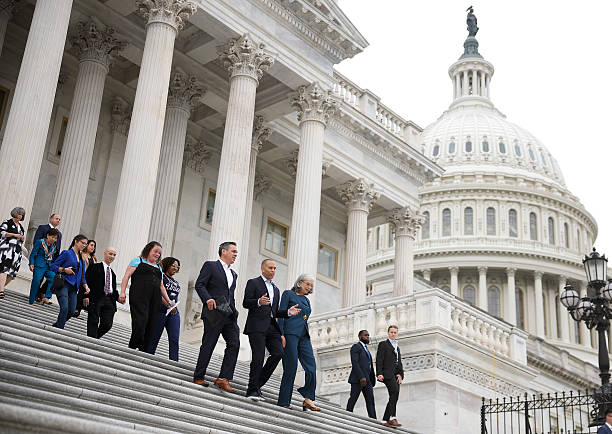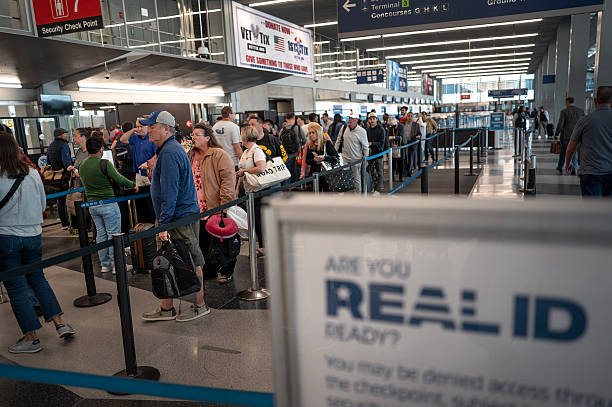Millions Face Food Aid Halt as U.S. Shutdown Drags On
Nearly 42 million Americans risk losing food stamp benefits as the prolonged U.S. government shutdown halts SNAP funding. Threatening households and retailers nationwide.
 Central Texas Food Bank by Getty Images
Central Texas Food Bank by Getty ImagesNearly 42 million Americans are just days away from missing their monthly food stamp check as the government shutdown reaches its 28th day.
The Trump administration has warned that funds for the Supplemental Nutrition Assistance Program (SNAP) will not be distributed if the federal government remains shut down by Nov. With no resolution in sight on Capitol Hill, Congress appears likely to miss the deadline, putting millions of low-income households at risk.

The expiration of aid would severely impact families already struggling to afford food and drive many to seek help from food banks. The lapse in spending would also ripple through the broader economy affecting small grocers, retail chains such as Walmart, and even stores selling discretionary goods.
“There will be an immediate effect on the purchasing mix toward lower profit margin groceries and household staples, and the potential for more theft as food budgets dry up,” Wolfe Research analyst Spencer Hanus said in a note to investors Monday. He added that consumer confidence among lower-income Americans could also decline heading into the holiday season.
SNAP recipients received an average of about $187 per month in fiscal 2024, according to government data, with 73% living below the poverty line defined as $32,150 or less for a family of four.
After years of elevated food prices and reduced government benefits, the potential loss of this assistance would be a significant blow to low-income Americans. According to data from market research firm Numerator, SNAP users spend more and shop more frequently than other consumers.
On average, a SNAP beneficiary spends $832 per month on groceries 20% more than non-SNAP shoppers though they spend 12% less per trip, averaging about $20.80 per outing. SNAP households also shop at more retailers each month (6.6 on average) compared to non-beneficiaries (6.1).
Hanus noted that Google searches for “food banks” and “food stamps” have surged as SNAP users look for alternatives. Although such searches typically rise around Thanksgiving, he said the increase is “materially higher year over year,” signaling growing distress.
The potential loss of aid comes on the heels of cuts introduced by the One Big Beautiful Act, passed earlier this year by Republicans, which reduced SNAP benefits by an estimated 20%. Hanus said the spending changes represent a 1.5% to 2% hit on retail industry sales.
According to the National Grocers Association, a lapse in SNAP benefits could lead to reduced staffing hours, spoilage of perishable foods, and declining sales. The group also warned that when benefits are restored, the resulting surge in demand could strain supply chains nationwide.
Numerator data shows that Walmart, Dollar General, and Dollar Tree serve more SNAP shoppers than other retailers, while Target, Costco, and Whole Foods are less dependent on SNAP spending. Hanus estimated that SNAP-related sales make up a high single-digit percentage of Walmart’s revenue, and a mid-single-digit share for Dollar General and Dollar Tree.
SNAP recipients spend the most annually on groceries at Walmart, followed by Kroger and Costco, according to Numerator. More than 94% of SNAP users purchased food at Walmart in the past year, spending an average of $2,653 annually 26% of their total grocery spending. Roughly 49% shopped at Kroger, spending an average of $1,687.67 per year, while Costco ranked third with an annual average spend of $1,482.98.
Walmart referred CNBC to the National Retail Federation, which said cutting off food aid “creates a crisis for millions of American families.” Albertsons referred to the Food Industry Association, which urged Congress to reopen the government and ensure the dependability of essential aid programs. Costco declined to comment. Kroger, Dollar General, Dollar Tree, Amazon, and Whole Foods did not immediately respond to requests for comment.
In 2025 through September, 3.6% of U.S. in-store grocery trips were paid using SNAP or Women, Infants, and Children (WIC) benefits, down from 3.9% in 2024 and 6.5% during the pandemic peak in November 2021. However, this remains higher than pre-pandemic levels of between 2.2% and 2.8%.
If SNAP funding expires, analysts warn that recipients may also reduce spending on non-essential goods. “Fewer dollars in the consumers’ wallet forces a reallocation of discretionary dollars towards food and more tepid spending overall,” Wells Fargo equity analyst Edward Kelly said. He added that November retail earnings reports may reflect weaker discretionary spending due to the food assistance lapse.
While the federal government has historically found contingencies for SNAP funding during past shutdowns, states are preparing local responses. New York Governor Kathy Hochul announced a $30 million aid package for affected New Yorkers.
Missed SNAP payments are expected to be paid retroactively once the government reopens, though the timeline remains uncertain. “We’d expect an eventual resolution of the government shutdown, which could mean a windfall for low-end consumers into peak shopping season as missed payments are made up,” Kelly said.
Editor’s Note:
The looming halt of SNAP benefits during the prolonged government shutdown threatens to deepen economic hardship for millions of Americans and strain the retail sector. As federal negotiations stall, both state governments and private industries brace for widespread impacts that could shape consumer behavior heading into the holiday season.
















Conversation